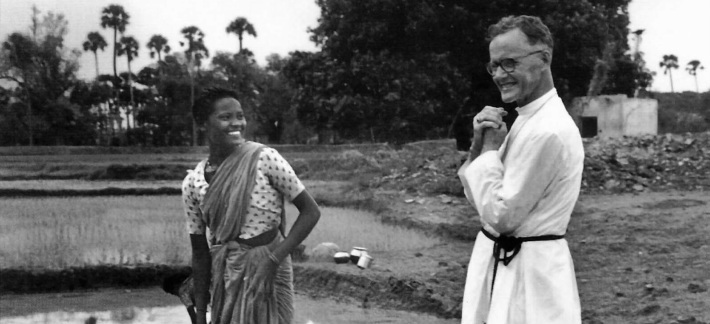Lesslie Newbigin has been characterized by a leading church historian as “probably the most influential British theologian of the twentieth century.”[1] He spent 40 years in India as a missionary. When he returned to Europe, he had fresh eyes to see Western culture in a new way. In the last decades of his life, he insisted that “the most urgent task facing the universal church at this time” is to recover a missionary encounter with Western culture.[2]
Login to read more
Sign in or create a free account to access Subscriber-only content.
